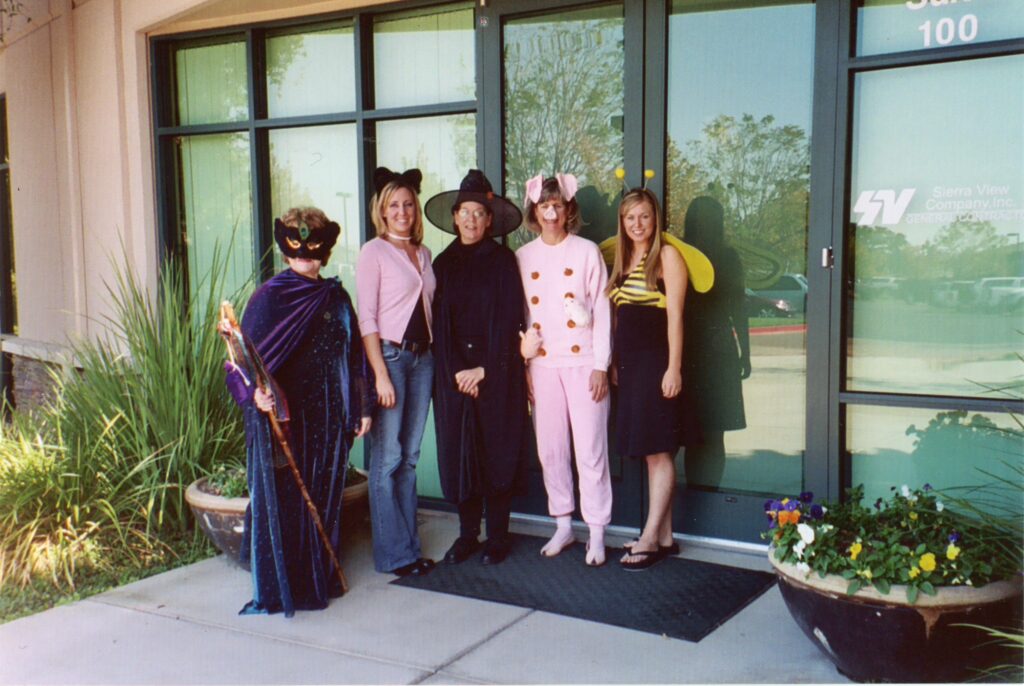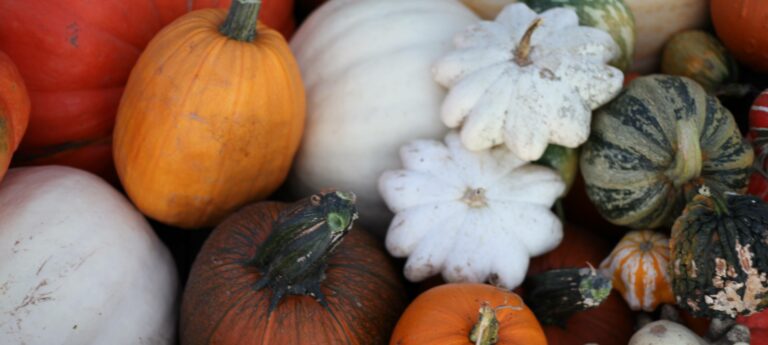We associate Halloween today with pumpkin carving, creative (or not-so-creative) costumes, trick-or-treating children, and creepy decorations that aim to make regular homes look super haunted (real haunted houses don’t need any decorations). It’s the only time of year the neighborhood HOA won’t chastise homeowners with strongly-worded notes for cobwebs in the windows or an unkempt yard.
The holiday’s origins are rooted in the ancient Celtic culture which inhabited what is now called the United Kingdom and Ireland, as well as the Northern parts of France. There, Winter is long, dark, and very, very cold. 2,000 years ago, the Celtic people marked November 1st as their New Year’s Day, the first day of the Winter season. With the warmth of Summer in the past and a brutally cold, dark winter ahead, the Celtic New Year became associated with death.
The Celts believed that on the night of October 31st, whatever barriers that existed between the living human plane of existence and that of the spirit realm disappeared. Ghosts could then escape their realm and return temporarily to the land of the living. These ghostly visitors were believed to aid the Celtic priesthood, called Druids, make their predictions of the future. The Celtic people took the presence of the spirits as a source of comfort as they prepared for a very long Winter season. Their New Year’s Eve celebration included bonfires and accompanying revelry. The very first Halloween costumes were masks Celts wore to improve their chances of being recognized as ghosts rather than humans.
The Roman Empire conquered the Celtic territory in 43 A.D. The Romans were always considerate (to a degree) of the traditions of the many, many civilizations they conquered. Romans also celebrated the changing seasons at the end of October. They had two celebrations in October: Feralia was their day to honor the dead, and they also celebrated their goddess of fruit and trees, Pomona, during that time. Fun fact: Pomona’s celebration is responsible for the classic party activity, bobbing for apples.
Pope Boniface IV established a new tradition in 609 A.D. The Feast of All Martyrs Day was the Western church’s holiday to honor the dearly departed, originally established in May. Pope Gregory III decided it would be better to observe it on November 1st. Eventually, November 2nd became All Souls’ Day, established by the Catholic Church to replace the Celtic traditions honoring the dead. Similar celebrations were held, featuring bonfires and masks, but with the addition of the Catholics’ supernatural beings: angels and demons. All Souls’ Day was also called All-hallows, hence the night before gaining the moniker All-hallows Eve. That name evolved into Halloween.
We associate Halloween today with pumpkin carving, creative (or not-so-creative) costumes, trick-or-treating children, and creepy decorations that aim to make regular homes look super haunted (real haunted houses don’t need any decorations).
America got her first taste of Halloween in 1846 when Irish immigrants began flocking to her shores. By the 1920s and 30s, it was nationally recognized. American Halloween in its early days was more focused on trickery than treats. Communities celebrated by feasting together, but vandalism, mischief, and general shenanigans inflicted mostly by children ravaged the night. People began bribing children with snacks, which were usually savory rather than sweet, to stop the damage they inflicted. And thus, trick-or-treating was born. Today, if you give a candy-crazed trick-or-treater a savory snack, you’re probably more likely to get egged!

At Sierra View, we love to celebrate the Fall season. It’s the harvest, a season of plenty when we all want to gather with our friends and family to remember old times and make new memories. Many years ago, we hosted the very first Sierra View Pumpkin Patch, and it’s been an annual tradition ever since. We host our own potluck feast and harvest the fruit of the earth at our pumpkin patch. Some of the pumpkins get eaten, some get processed and frozen for delicious Thanksgiving pies, and some get carved into classic Halloween Jack-O-Lanterns.
We also have a pretty serious and longstanding obsession with dressing up in costumes at the Sierra View office! It’s not technically a requirement to wear a costume to the office on Halloween, but anyone who doesn’t will look pretty out of place.
